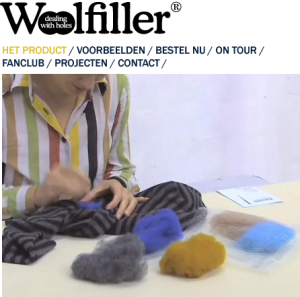
Amsterdam designer Heleen Klopper who won the Doen Materiaalprijs back in 2009 for her system of mending holes in wool called ‘Wolplamuur’ (‘Wool hole filler’) has recently been included in Time Magazine’s The Best 50 Inventions of 2010. She had no idea she would be included and found out because people told her.
Watch the video with Heleen showing you how it works. It’s basically about filling up a hole with extra wool fibres using a special needle. I could use this product because I recently found a hole in a green wool skirt I really like.
(Link: dezeen.com)

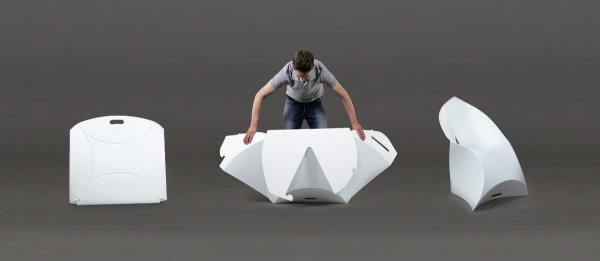
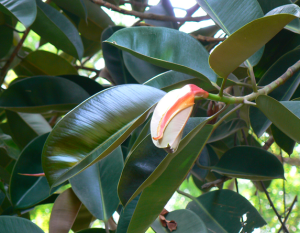
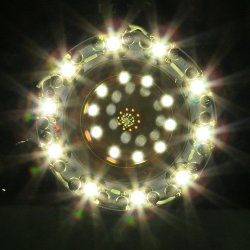
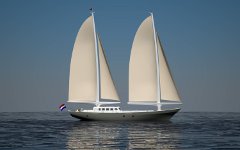 In other news, astronaut-inventor Wubbo Ockels is at it again. For the past five years he has been working on a hybrid, energy-neutral ketch called Ecolution and it is almost ready.
In other news, astronaut-inventor Wubbo Ockels is at it again. For the past five years he has been working on a hybrid, energy-neutral ketch called Ecolution and it is almost ready.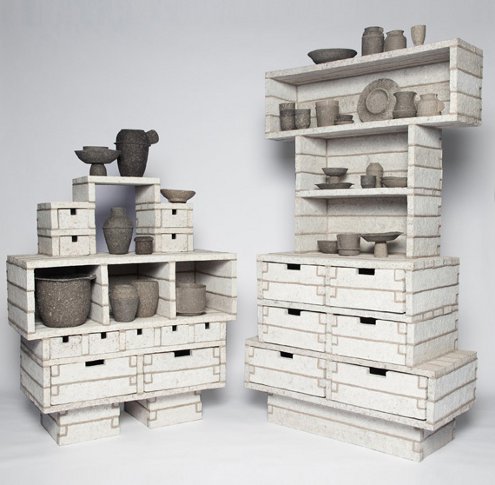

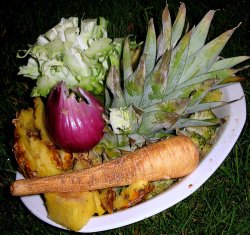

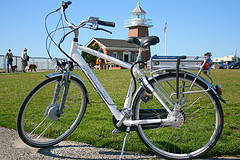 The city of Zwolle will start a 1 million euro trial this year to lend commuters electric bicycles,
The city of Zwolle will start a 1 million euro trial this year to lend commuters electric bicycles,